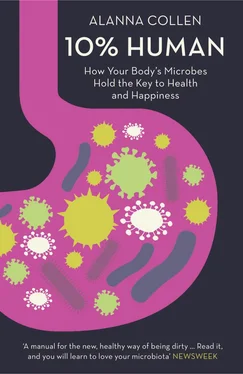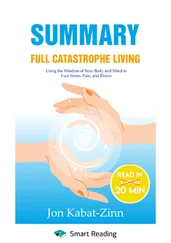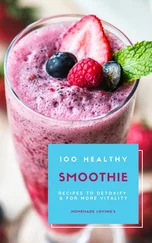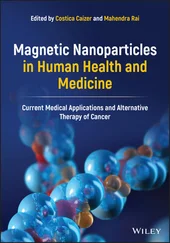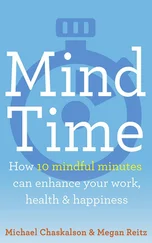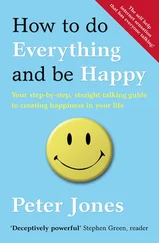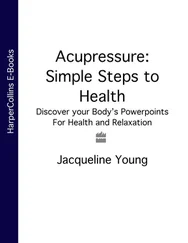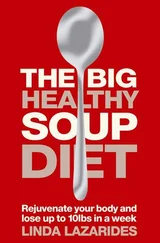Darwin’s assumption that it was a relic of our pasts might have carried some weight, were it not for the often fatal consequences of possessing one. There are two explanations, therefore, for the persistence of the appendix, and they are not mutually exclusive. The first is that appendicitis is a modern phenomenon, brought on by some environmental change. Thus, even a pointless organ could have persisted in the past simply by keeping out of trouble. The other is that the appendix, far from being a malign vestige of our evolutionary past, actually has health benefits that outweigh its dark side, making its presence worthwhile despite the risk of appendicitis. That is, natural selection prefers those of us who possess one. The question is, why?
The answer lies in its contents. The appendix, which averages about 8 cm in length and a centimetre across, forms a tube, protected from the flow of mostly digested food passing its entrance. But rather than being a withered strand of flesh, it is packed full of specialised immune cells and molecules. They are not inert, but rather an integral part of the immune system, protecting, cultivating and communicating with a collective of microbes. Inside, these microbes form a ‘biofilm’ – a layer of individuals that support one another and exclude bacteria that might cause harm. The appendix, far from being functionless, appears to be a safe-house that the human body has provided for its microbial inhabitants.
Like a nest egg stashed away for a rainy day, this microbial stockpile comes in handy at times of strife. After an episode of food poisoning or a gastrointestinal infection, the gut can be repopulated with its normal inhabitants, which have been lurking in the appendix. It might seem like an excessive bodily insurance policy, but it is only in recent decades that gut infections such as dysentery, cholera and giardiasis have been all but eliminated in the Western world. Public sanitation measures, including sewerage systems and water-treatment plants, have prevented such illnesses in developed countries, but globally, one in five of all childhood deaths are still caused by infectious diarrhoea. For those who do not succumb, possession of an appendix likely hastens their recovery. It is only in a context of relatively good health that we have come to believe that the appendix has no function. Indeed, the negative consequences of undergoing an appendectomy have been masked by the modern, sanitised lifestyle.
As it turns out, appendicitis is a modern phenomenon. In Darwin’s day, it was extremely rare, causing very few deaths, so we can perhaps forgive him for thinking the appendix was merely one of evolution’s leftovers, neither harming nor helping us. Appendicitis became common in the late nineteenth century, with cases in one British hospital shooting up from a stable rate of three or four people per year prior to 1890, to 113 cases per year by 1918; a rise mirrored throughout the industrialised world. Diagnosis had never been a problem – the cramping pain followed by a quick autopsy if the patient didn’t make it revealed the cause of death even before appendicitis became as common as it is now.
Many explanations were put forward to explain it, from increased meat, butter and sugar consumption, to blocked sinuses and rotting teeth. At that time, consensus opinion alighted on a reduction in fibre in our diets as the ultimate cause, but hypotheses still abound, including one that blames the rise on improved water sanitation and the hygienic conditions it brings – the very development that appeared to render the appendix almost impotent. Whatever the ultimate cause, by the Second World War our collective memory had been purged of the rise in appendicitis cases, leaving us with the impression that it is an expected, though unwelcome, feature of normal life.
In fact, even in the modern, developed world, keeping hold of the appendix at least until adulthood can prove to be beneficial, protecting us from recurring gastrointestinal infections, immune dysfunction, blood cancer, some autoimmune diseases and even heart attacks. Somehow, its role as a sanctuary of microbial life brings these benefits.
That the appendix is far from pointless tells us something bigger: our microbes matter to our bodies. It seems they are not just hitching a ride, but providing a service important enough that our guts have evolved an asylum just to keep them safe. The question is, who is there, and what exactly do they do for us?
Although we have known for several decades that our bodies’ microbes offer us a few perks, like synthesising some essential vitamins, and breaking down tough plant fibres, the degree of interaction between our cells and theirs wasn’t realised until relatively recently. In the late 1990s, using the tools of molecular biology, microbiologists took a great leap into discovering more about our strange relationship with our microbiotas.
New DNA-sequencing technology can tell us which microbes are present, and allows us to place them within the tree of life. With each step down this hierarchy, from domain to kingdom then phylum through class, order and family, and on to genus, species and strain, individuals are more and more closely related to one another. Working from the bottom up, we humans (genus Homo and species sapiens ) are great apes (family Hominidae), which sit alongside monkeys and others within the primates (order Primates). All of us primates belong with our fellow furry milk-drinkers, as a member of the mammals (class Mammalia), who then fit within a group containing animals with a spinal cord (phylum Chordata), and finally, amongst all animals, spinal cord or otherwise (think of our squid, for example), in kingdom Animalia, and domain Eukarya. Bacteria and other microbes (except the category-defying viruses) find their place on the other great branches of the tree of life, belonging not to kingdom Animalia, but to their own unique kingdoms in separate domains.
Sequencing allows different species to be identified and placed within the hierarchy of the tree of life. One particularly useful segment of DNA, the 16S rRNA gene, acts as a kind of barcode for bacteria, providing a quick ID without the need to sequence an entire bacterial genome. The more similar the codes of the 16S rRNA genes, the more closely related the species, and the more twigs and branches of the tree of life they share.
DNA sequencing, though, is not the only tool at our disposal when it comes to answering questions about our microbes, especially regarding what they do. For these mysteries, we often turn to mice. In particular, ‘germ-free’ mice. The first generations of these laboratory staples were born by Caesarean section and kept in isolation chambers, preventing them from ever becoming colonised with microbes, either beneficial or harmful ones. From then on, most germ-free mice are simply born in isolation to germ-free mothers, sustaining a sterile line of rodents untouched by microbes. Even their food and bedding is irradiated and packed in sterile containers to prevent any contamination of the mice. Transferring mice between their bubble-like cages is quite an operation, involving vacuums and antimicrobial chemicals.
By comparing germ-free mice with ‘conventional’ mice, which have their full complement of microbes, researchers are able to test the exact effects of having a microbiota. They can even colonise germ-free mice with a single species of bacterium, or a small set of species, to see precisely how each strain contributes to the biology of a mouse. From studying these ‘gnotobiotic’ (‘known life’) mice, we get an inkling of what microbes do in us as well. Of course, they are not the same as humans, and sometimes results of experiments in mice are wildly different from results in humans, but they are a fantastically useful research tool and very often provide crucial leads. Without rodent models, medical science would progress at a millionth of the speed.
Читать дальше
